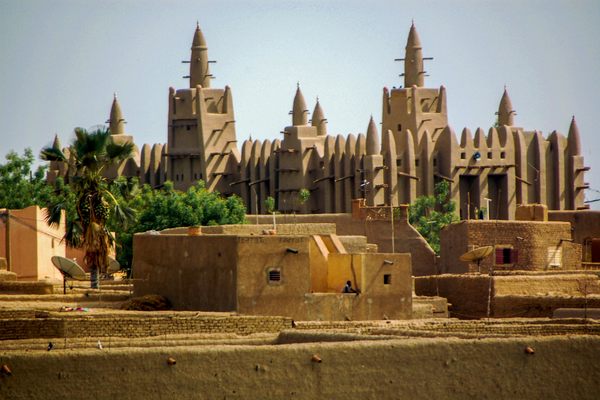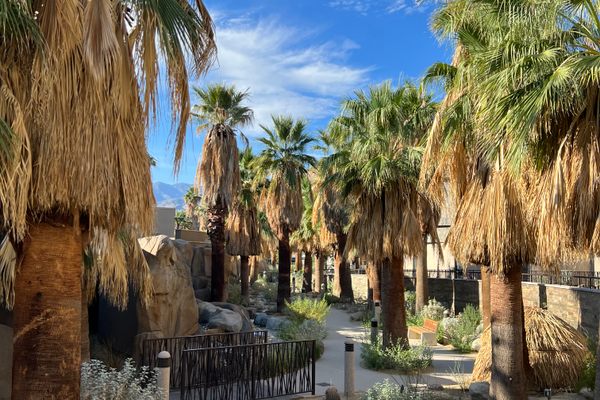About
The English word "glow" comes from thousands of years ago. It reaches all the way back to an ancient Sanskrit word and invokes the name of a Hindu Goddess: Jwala Ji.
Throughout the Middle East and Asia one can find places of eternal flame. Fed by underground sources of natural gas, these flames were, for obvious reasons, seen as miracles and signs of the divine by ancient peoples. Worshipped by Hindu's, Buddhists and Zoroastrians alike, the Hindu's saw this magic fire as the incarnation of a Hindu Goddess they called Jwala Ji. (Also sometimes called it Jwala Devi, Jvala Jiand Jwalamukhi Ji.) Shrines were built around the fires and people came from across the lands to worship at them.
One such place is the Jwala Ji of Kangra. Done in the traditional Jwala temple style of a four cornered building with a small dome on top, it holds in its center a hollowed stone in which a flame has been burning for hundreds of years.
The legend associated with the temple is that Sati - granddaughter of Brahma and wife of Shiva -immolated herself to punish her father for not accepting her husband Shiva. (This story is where the rather horrific practice of "Sati" where a widow self-immolates herself on her husbands funeral pyre comes from. In his rage at loosing his wife, Shiva danced with her burned corpse on his shoulders and in doing so she fell into 51 pieces and landed on earth, each of them a holy place of worship for Hindus.
The Jwala Ji of Kangra is said to be Sati's fiery tongue.
Related Tags
Know Before You Go
One can easily reach Jwala Devi Temple by taking regular Buses or by hiring Taxis from Kangra, Himachal Pradesh ,India
Community Contributors
Added By
Published
March 13, 2012






















